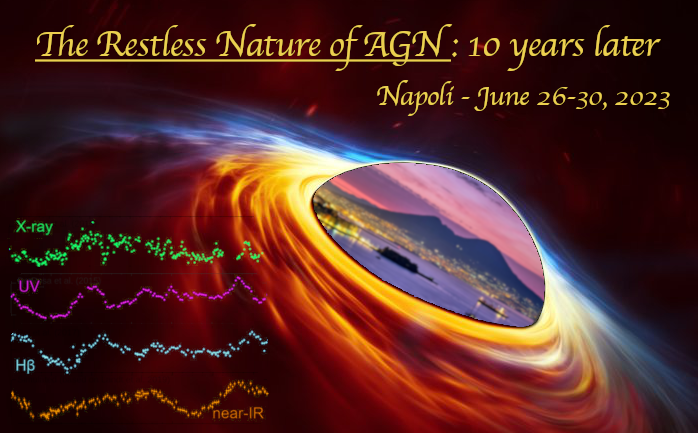Speaker
Description
The variability of Active Galactic Nuclei (AGNs) has been studied for decades, with the UV/optical continuum observed to stochastically fluctuate at the 10% level over timescales of weeks to months. Fundamentally, this variability should be driven by temperature fluctuations in the accretion disc surrounding the central black hole. Where multiband lightcurves are available, the variability is similar in all bands, but the bluer wavelengths vary earlier than the redder wavelengths with delays typical of the light travel time across the disc. These observations have led to the commonly used "lamppost" model, where central luminosity fluctuations - typically linked with X-ray emission - irradiate the disc to drive the UV/optical variability. However, it seems unlikely that this is the only source of variability in the disc. We introduce a new approach to understanding disc variability where we invert the multiband UV/optical lightcurves of AGNs into “maps” of the disc resolved in time and in radius under the assumption of axisymmetry. In addition to a lamppost "signal", we see strong evidence for small amplitude, slow-moving temperature fluctuations. We suggest that these fluctuations dominate AGN variability on long timescales, a hypothesis that will be tested by Rubin/LSST in the near future. This new method for understanding disc variability can also be used to probe other issues, such as the degree to which unrecognized emission from the broad line region (BLR) contaminates continuum lightcurves.

